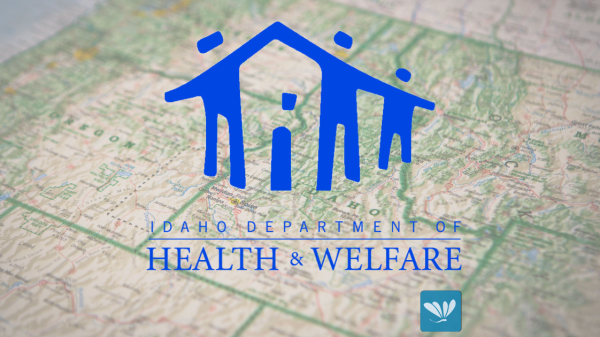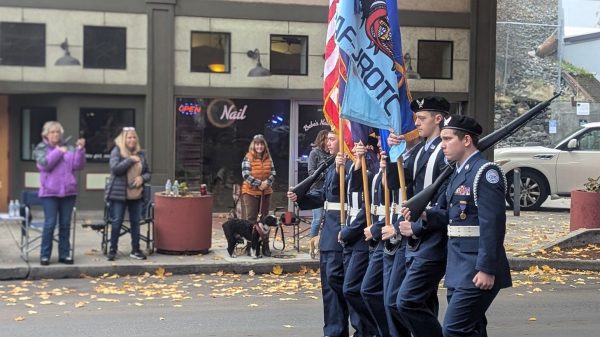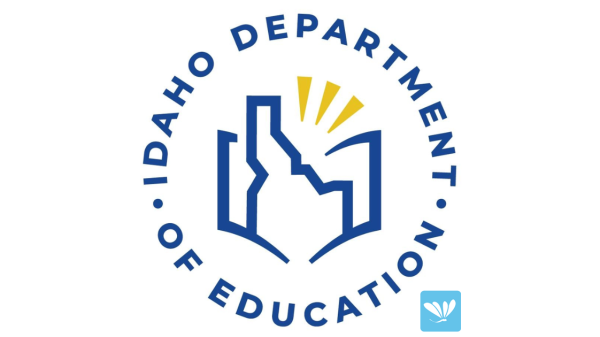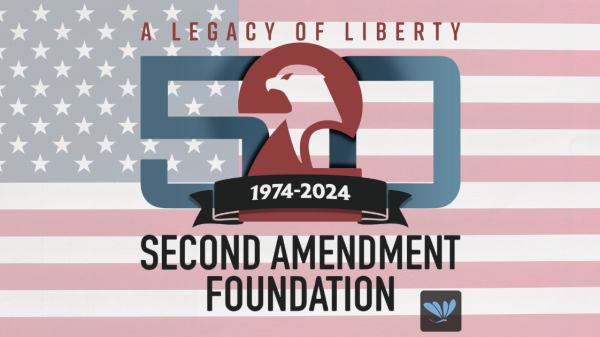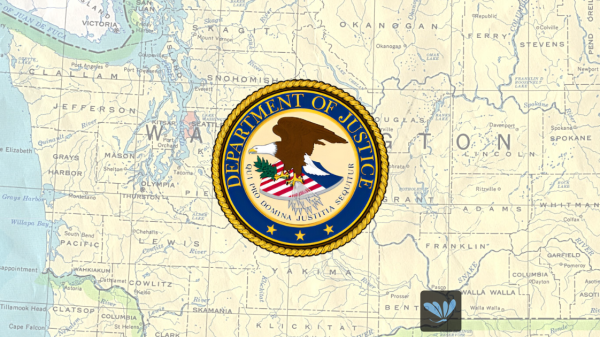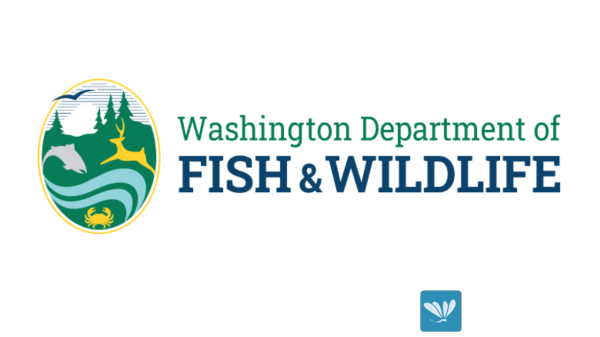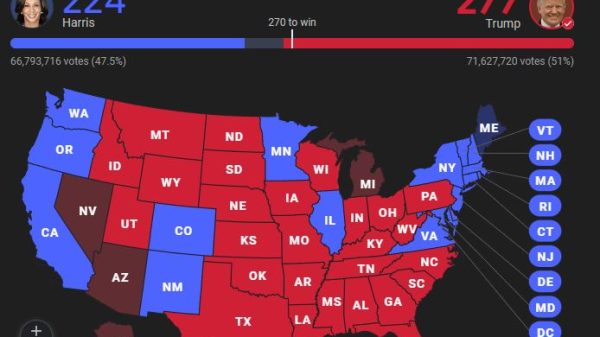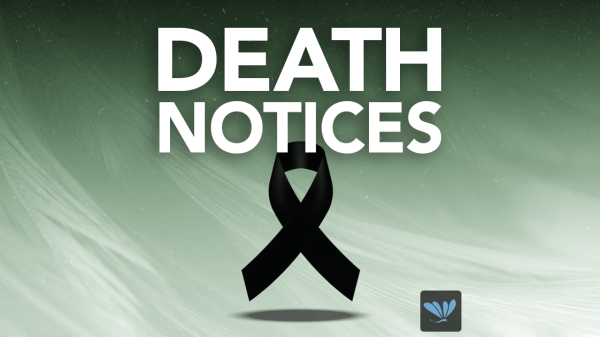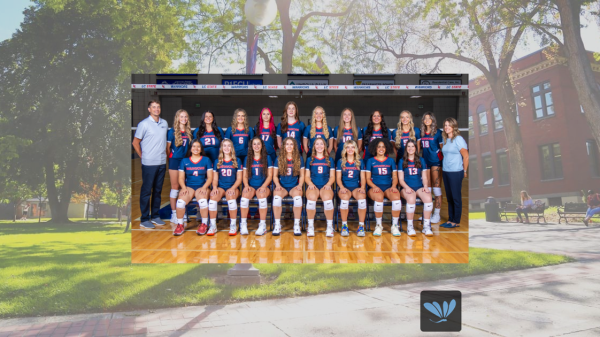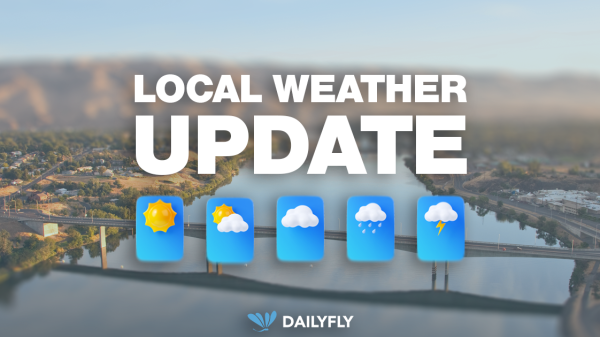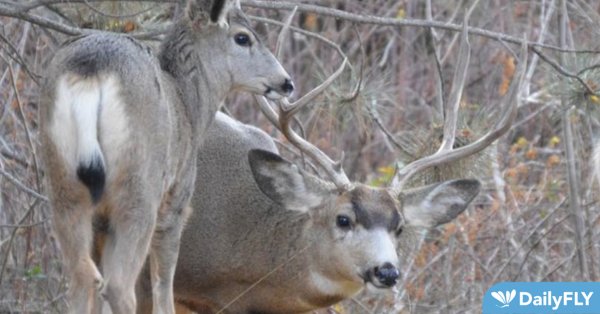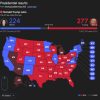As hunting season gets underway, Idaho Fish and Game is raising awareness about chronic wasting disease (CWD); an infectious, incurable, and fatal disease that affects deer, elk, and moose that was first detected in Idaho in 2021.
Gov. Brad Little has proclaimed Sept. 11-18, 2023, as Chronic Wasting Disease Awareness Week to encourage hunters to provide samples for testing and know the specific rules that are in place to minimize the spread of CWD in Idaho.
“There is no cure or vaccine for CWD. All deer, elk, and moose that get the disease will die and several states have seen population declines in areas where limited or no action was taken to manage disease spread,” says Fish and Game Wildlife Bureau Chief Shane Roberts. “It is important hunters know how this disease may affect herds and how they can help minimize and manage its spread.”
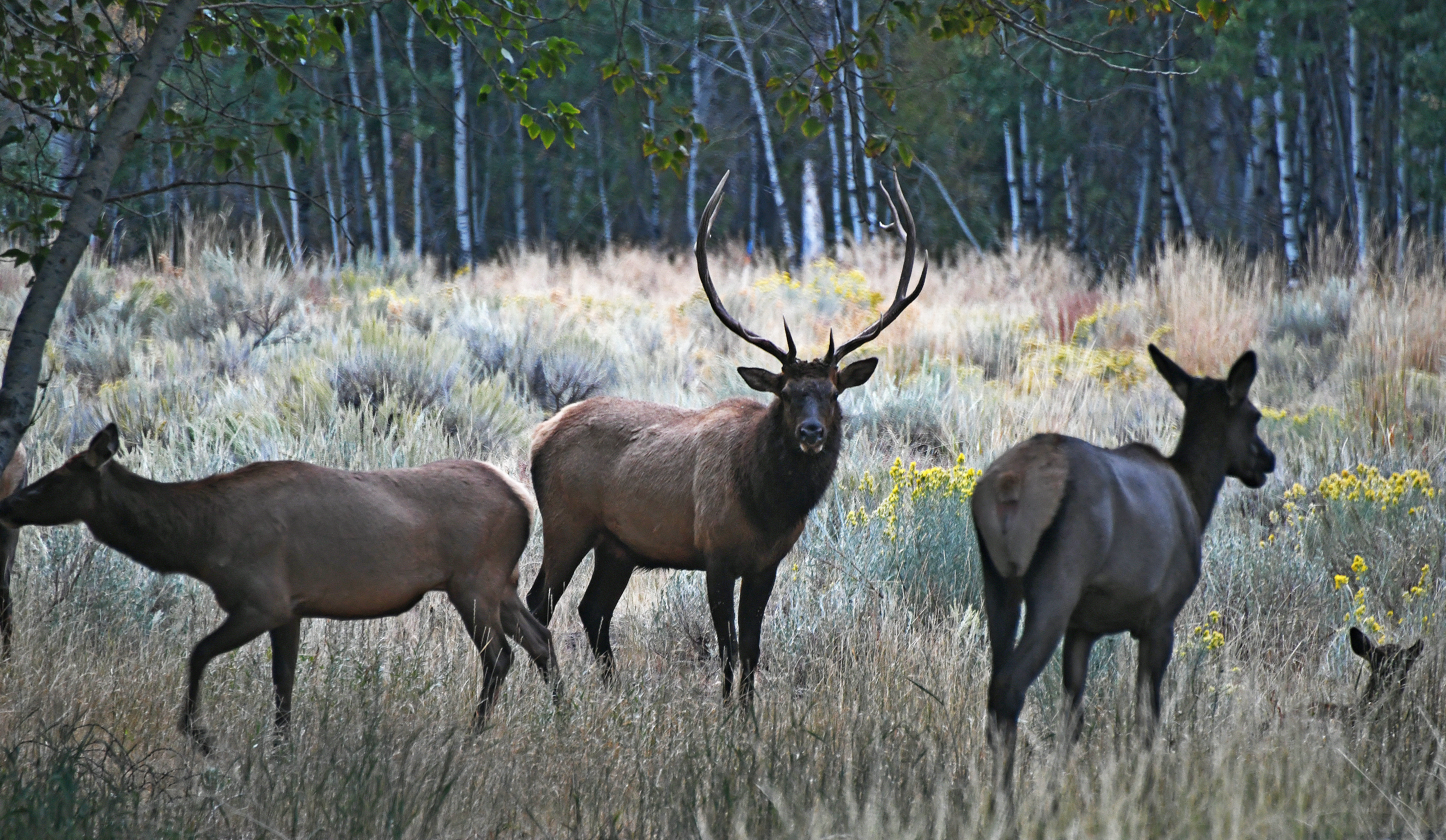
CWD was first detected in game management Unit 14 in between Whitebird and Riggins, and a CWD Management Zone is designated for Units 14 and 15. In a CWD Management Zone, special hunting rules are in effect such as mandatory CWD testing of all harvested deer, elk, and moose and restrictions on what parts of the animal can and cannot be transported out of those units.
So far, 49 total animals have tested positive for CWD in Idaho, all within game management Unit 14.
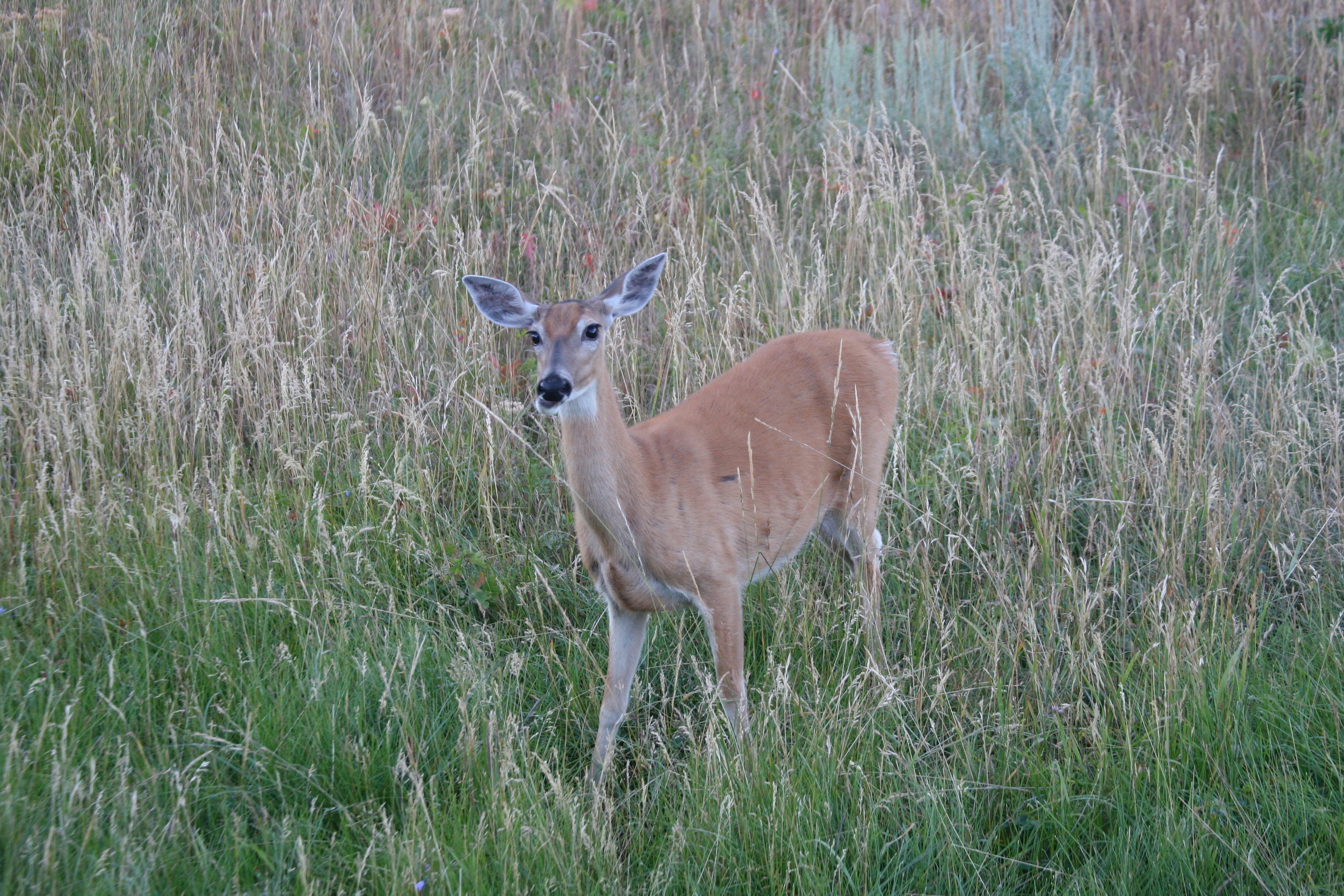
CWD is caused by abnormal, misfolded proteins called prions. These CWD prions accumulate throughout an animal’s body, especially in nervous system tissues, leading to a variety of symptoms and eventually death. Prions are spread between animals through feces or body fluids like saliva, blood, or urine, either through direct contact, or indirectly through environmental contamination of soil, plants, or water.
Studies have shown that CWD prions can remain in the environment for 16 years or more, so other animals can contract CWD even after an infected animal is no longer present. In other states that have had CWD for much longer than Idaho, no efforts to date have eliminated the disease once it was established. However, there are management actions that can be taken to minimize the spread and conserve infected populations.
Outside of the CWD Management Zone, Fish and Game continues to monitor for CWD throughout the state, with the highest emphasis on areas that border neighboring states with more widespread CWD like Montana, Wyoming, and Utah.
“Our goals are early detection and management of spread, and we can’t accomplish those goals without help from hunters,” Roberts says.

For those who plan to hunt out of state, it is illegal in Idaho to import, transport, or possess carcasses or any part of a deer, elk, moose, or caribou from another state, Canadian Province, or other country with a documented case of CWD. There are exemptions such as meat that is cut and wrapped, quarters or deboned meat that does not include brain and spinal tissue, and cleaned and dried skulls or skull caps. See a complete list of exemptions.
During CWD awareness week and throughout the year, Fish and Game encourages hunters to stay informed about CWD in Idaho, the requirements for hunting in a CWD Management Zone, and how to provide CWD samples for testing from anywhere in Idaho.
Hunting in Units 14 and 15
Hunters must have all harvested deer, elk, and moose tested for CWD. The following are rules and requirements for hunting in game management Units 14 and 15:
- Whole carcasses of harvested deer, elk, and moose may not be transported out of the CWD Management Zone.
- Animals must be quartered with spine left in the field (tail and evidence of sex attached to quarters). Heads should remain in the field if lymph nodes have been removed for CWD testing.
- All heads removed from the kill site must be brought to a Fish and Game regional office or designated designated drop-off locations for CWD sampling.
- Lymph node samples and heads can be dropped off at Fish and Game regional offices or designated drop-off locations.
- Samples collected by hunters must be submitted within 10 days of harvest.
- Hunters may keep antlers, but heads will not be returned to hunters after sampling.
- Dumpsters are available to properly dispose of inedible remains of deer, elk, and moose after butchering.
How hunters can help
Hunters are encouraged to provide lymph node samples from their harvested deer, elk, or moose:
- Request a CWD sample kit on Fish and Game’s website, collect a lymph node sample from your harvested animal, and leave the sample at a Fish and Game designated drop-off location.
OR - Stop by a Fish and Game check station or regional office for staff to collect a sample or leave the animal’s head in a Fish and Game designated head barrel.
Test results will be available on the Fish and Game website in 4-6 weeks. If there’s a positive detection, Fish and Game staff will contact the hunter directly.
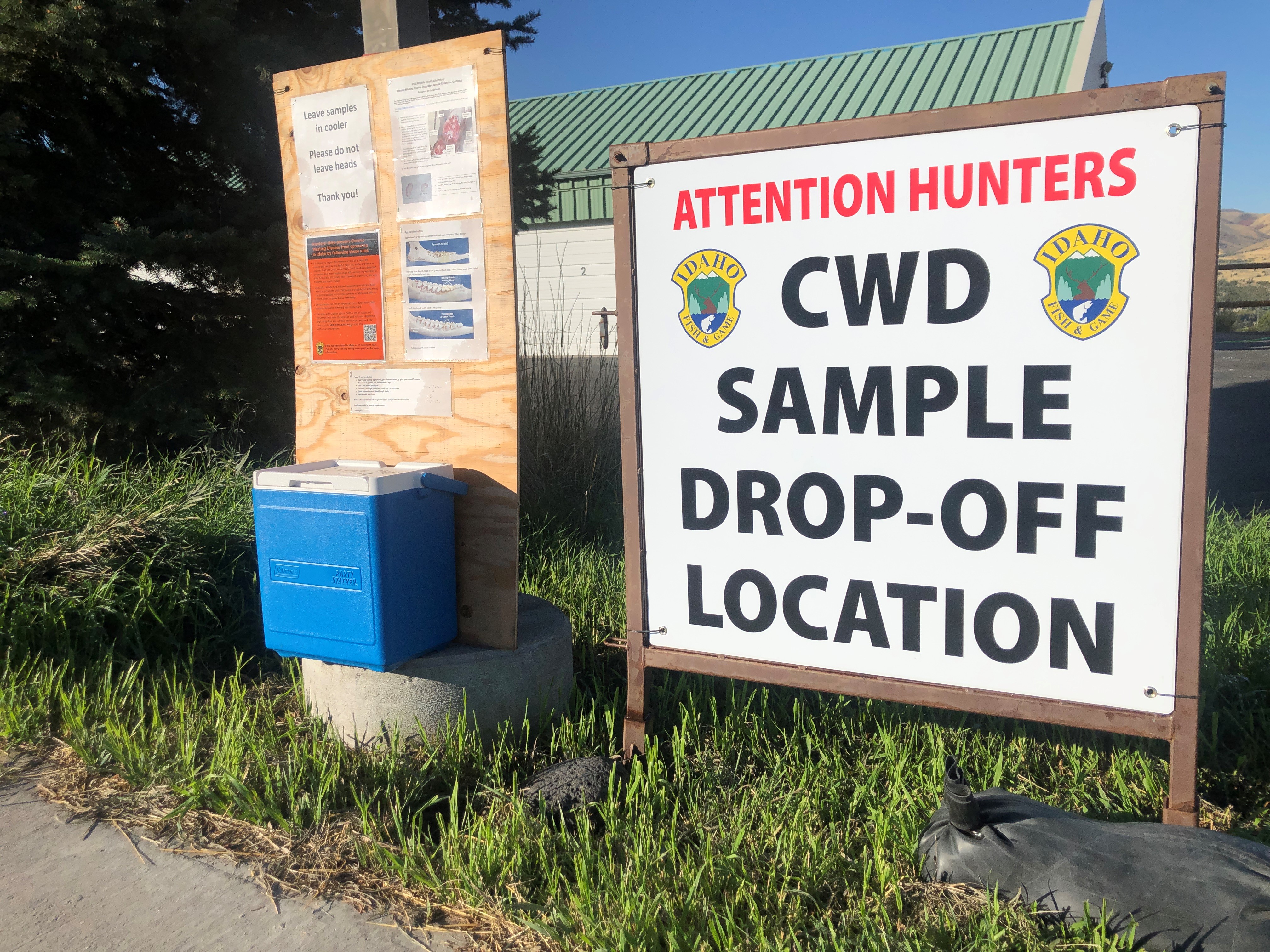
How to stay informed
Hunters can find the latest information about CWD on the Fish and Game website or by subscribing to email newsletters.








